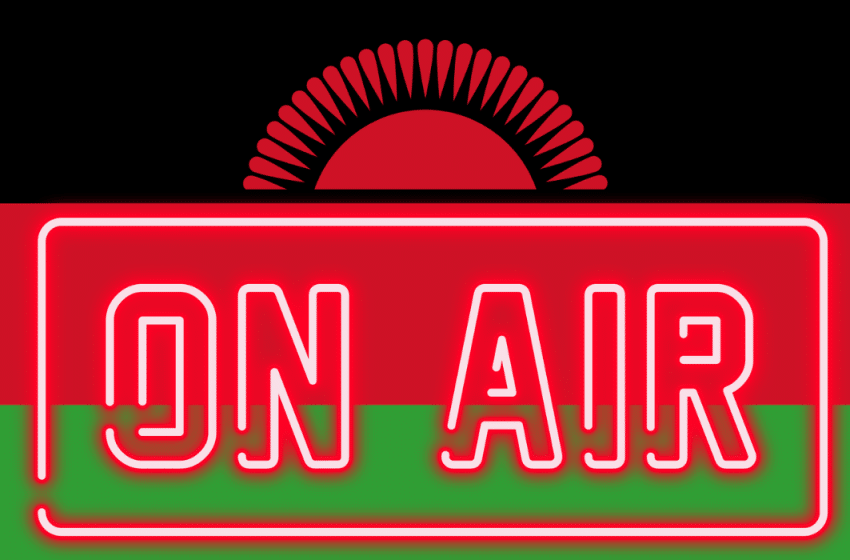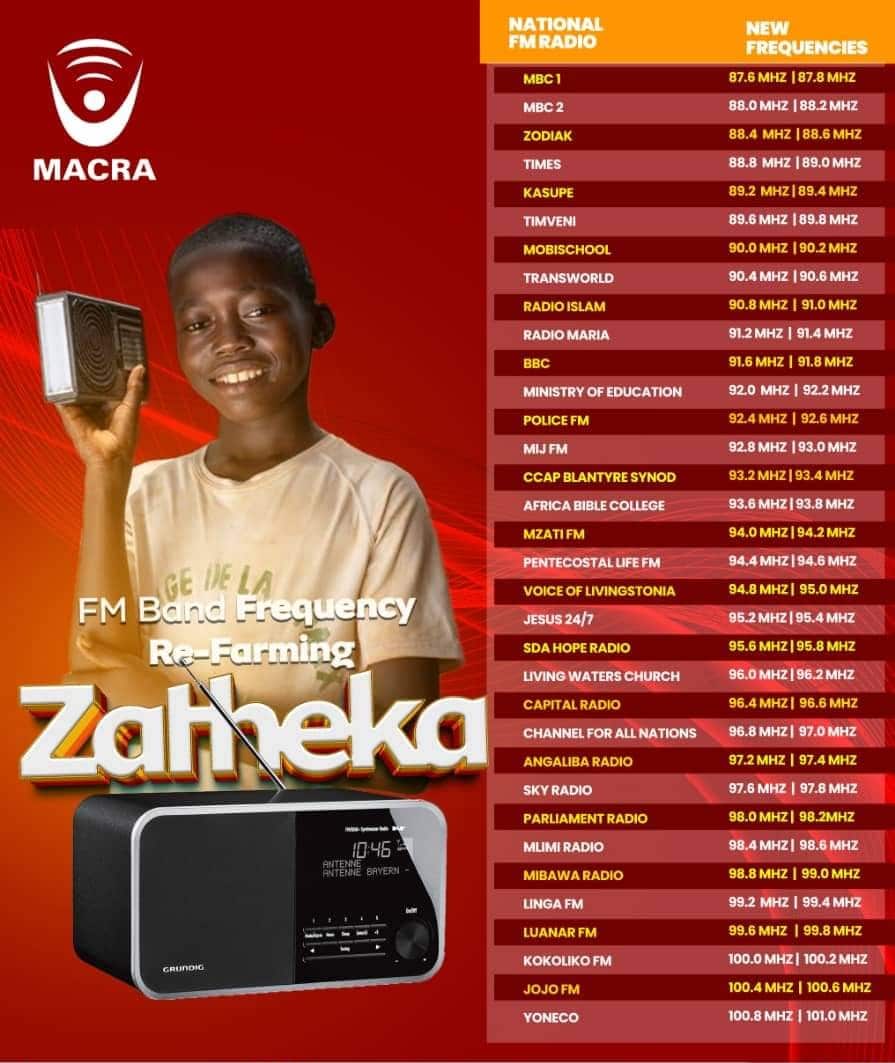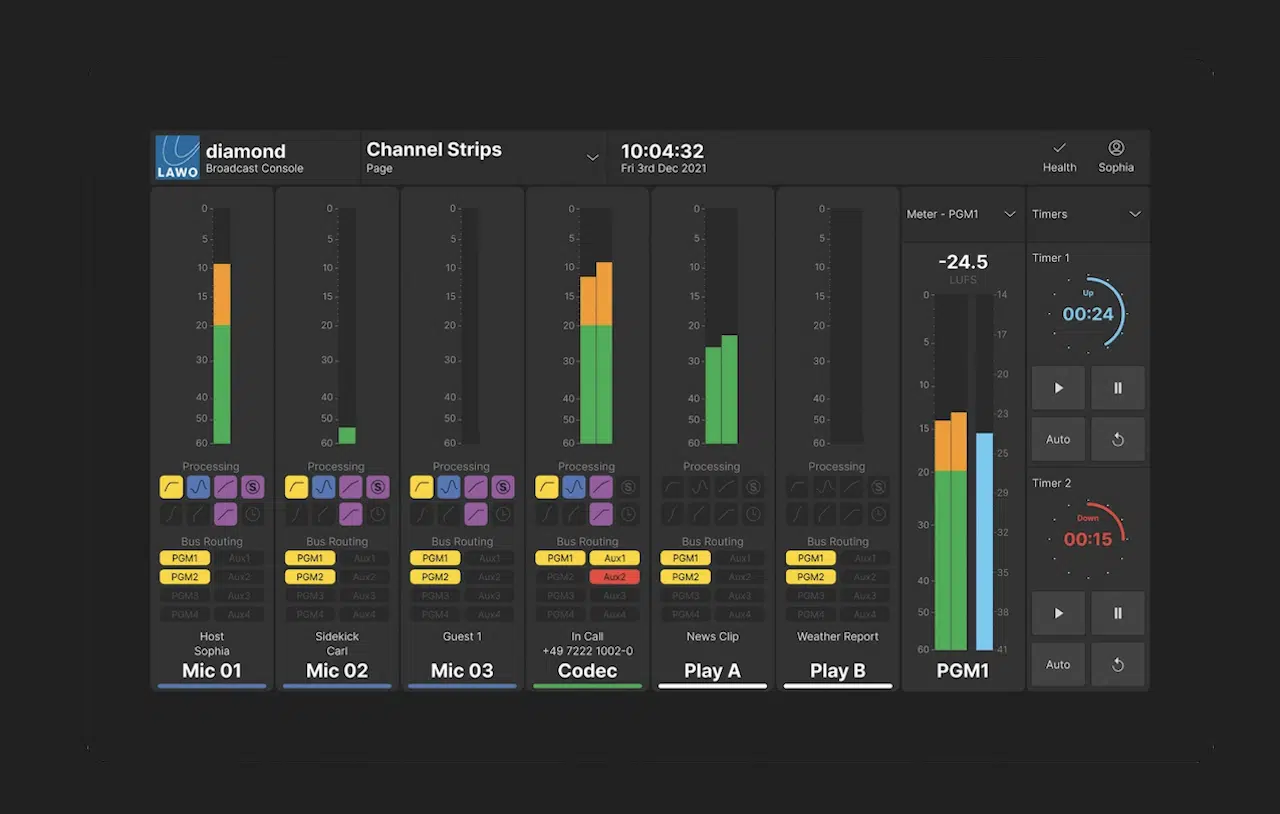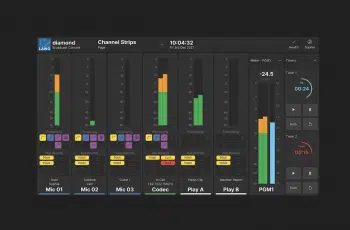
BLANTYRE, Malawi — Starting Jan. 1, 2024, radio stations across Malawi will broadcast on new frequencies allocated to all the country’s 57 stations by the Malawi Communications Regulatory Authority. This follows the completion of the final phase of the refarming project of the FM frequency band from 87.5 to 108 MHz, which started in December 2022.
A task force comprising MACRA staff and engineers from various radio stations carried out the reallocation, which aimed to solve the problems of frequency saturation and interference and provide space to accommodate more licensees within the band.
MACRA Executive Director Daud Suleman said in a statement that the group recommended some changes in the frequency allocations, including the classification of radio stations into three categories: national, regional and community.
“National radio stations have been assigned two frequencies throughout the country, while the coverage area for community radio stations will be limited to their jurisdiction and not spill over to other districts, as has been the case,” Suleman said.
Identifying new frequencies

Previously, radio stations were allocated as many frequencies as they could pay for. However, this resulted in saturation of the airspace and prevented other operators from entering the market. In 2020, MACRA suspended awarding new broadcast licenses.
Suleman said the frequency refarming program had a lot of benefits, including establishing throughout Malawi where and what frequencies a station was assigned in their properly allotted area.
“It will also allow the availability of frequencies for prospective operators in all categories and the ability to accommodate new players and meet increased demand in the long term. Another benefit is that operators will use sites designated for transmitters throughout the country, and frequencies will be easily identified for radio stations,” he said.
Previously, radio stations were allocated as many frequencies as they could pay for. However, this resulted in saturation of the airspace and prevented other operators from entering the market. In 2020, MACRA suspended awarding new broadcast licenses
Suleman also added the frequency audit has helped identify new frequencies that would be given to prospective radio stations.
In the meantime, all radio stations have embarked on extensive awareness exercises in conjunction with MACRA to ensure that by the effective date of Jan. 1, the public can easily tune in to their preferred radio stations.
Eliminating interference
Acting station manager of Capital Radio, Keshia Osman-Meyer, told RedTech that she believed the exercise would help sort out issues of frequency interference. The station previously had four frequencies scattered across the country — 102.8 MHz for its central region, 102.7 MHz for the north, 97.2 MHz, for the eastern region and 102.6 MHz for southern Malawi. Following the reorganization, listeners will only need to access the station on one of two frequencies: 96.4 or 96.6 MHz.
“It would have been even better for us if the assigned frequencies were below 90 MHz to accommodate car radios commonly found in popular Japanese vehicles like minibuses and taxis,” she said.
Many people in Malawi buy used cars from dealers in Japan, and the radios often only have FM frequencies below 90 MHz. As a result, some people install frequency converters or expanders to access other frequencies, while others replace the radio altogether.
Community station reservations
Community radio stations have received the changes with some reservations. George Jobe, board chairperson for the Community Radios Association in Malawi, said restricting community stations’ coverage to their area of jurisdiction would affect revenue generation. “One of the biggest concerns is that community radio stations will be confined to their service area, unlike before where those with a terrain benefit could reach several districts. We see something that would shrink the market coverage and revenue generation,” said Jobe.
Community radio stations in Malawi are currently only allowed to broadcast within a 100-kilometer radius, but some can reach further with their transmitters. Jobe said that in their discussion with MACRA officials in October of this year, they agreed their area of jurisdiction would not be based on districts where a radio station is located but the area which community radio stations are supposed to cover, because some community radio stations are located near borders with other districts.
In the meantime, MACRA has assured stations it would address any challenges they would face because of the frequency reallocation exercise.
The author reports for the industry from Blantyre, Malawi.
More stories about FM
Switzerland prepares to cut FM





















